Blog
Jewellok is a professional pressure regulator and valve manufacturer and supplier.
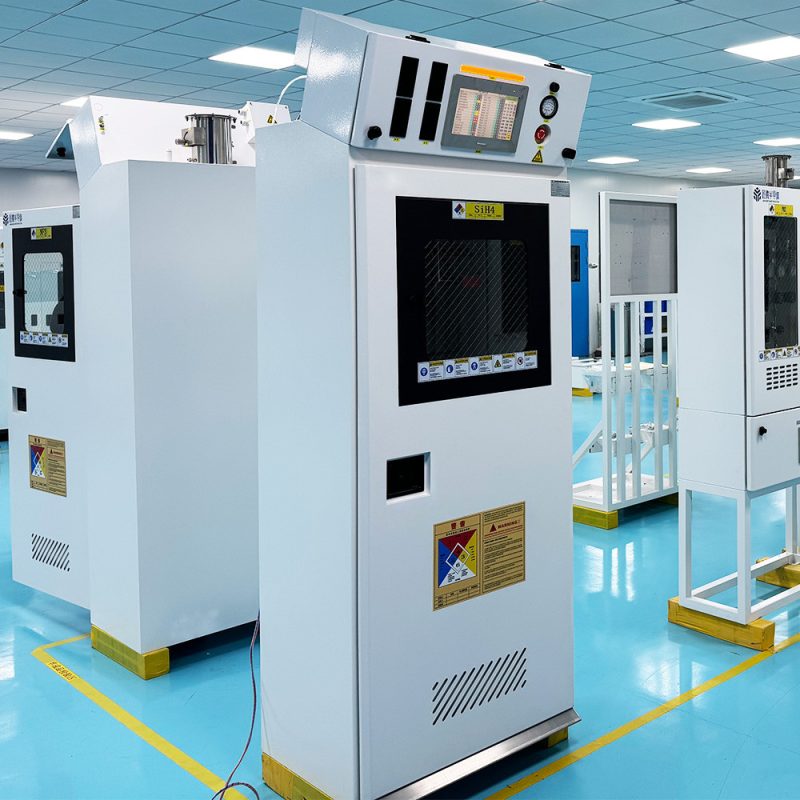
What are Scrubber Tail Gas Treatment Cabinet and Exhaust Gas Scrubber System
- Pressure Regulator Valve Manufacturer
- Caustic Scrubbing for SO2 Removal, Compact Tail Gas Scrubber for Semiconductor, Cost of Installing Marine Scrubbers, Dry Scrubber vs Wet Scrubber, Environmental Impact of Scrubber Washwater, Exhaust Gas Scrubber System, High-Efficiency SOx Scrubbers, How Do Exhaust Gas Scrubbers Work, Industrial Gas Scrubbing, ir Pollution Control Systems, Marine Exhaust Scrubber, NOx Emission Reduction, Open Loop vs Closed Loop Scrubbers, Scrubber Systems for Power Plants, scrubber tail gas treatment cabinet, Semiconductor Exhaust Gas Treatment, Sodium Hydroxide in Gas Scrubbing, SOx Removal Technology, Sulfur Recovery Units, Tail Gas Treatment in Refineries, Tail Gas Treatment Solutions, Wet Scrubber for Marine Vessels, Wet Scrubber Technology, Wet Scrubbing Process
- No Comments
What are Scrubber Tail Gas Treatment Cabinet and Exhaust Gas Scrubber System
Introduction
In an era of escalating environmental regulations and heightened awareness of air pollution, industrial and marine sectors are increasingly turning to advanced gas treatment technologies to mitigate harmful emissions. Two key systems in this domain are the Exhaust Gas Scrubber System and the Scrubber Tail Gas Treatment Cabinet. These technologies play critical roles in removing pollutants such as sulfur oxides (SOx), nitrogen oxides (NOx), and particulate matter from exhaust streams, ensuring compliance with international standards like those set by the International Maritime Organization (IMO) and environmental protection agencies.
Exhaust Gas Scrubber Systems, often simply called scrubbers, are widely deployed in marine vessels, power plants, and industrial facilities to “wash” exhaust gases, neutralizing acidic components and capturing particulates. On the other hand, Scrubber Tail Gas Treatment Cabinets represent a more specialized, compact solution for handling residual or “tail” gases post-initial scrubbing, particularly in high-tech industries like semiconductors or chemical processing. This article delves into the technical aspects of both systems, exploring their designs, operational principles, applications, advantages, and challenges. By understanding these technologies, stakeholders can better navigate the path toward sustainable operations.
The global push for cleaner air has been amplified by regulations such as the IMO’s 2020 sulfur cap, which limits sulfur content in marine fuels to 0.5% m/m outside Emission Control Areas (ECAs), down from 3.5%. Scrubbers enable compliance without switching to costlier low-sulfur fuels, potentially saving operators millions in fuel costs annually. Similarly, tail gas treatment cabinets address niche needs in waste gas management, integrating scrubbing with additional processes like oxidation or neutralization in a self-contained unit.

Exhaust Gas Scrubber System: Overview and Design
An Exhaust Gas Scrubber System is an air pollution control device designed to remove gaseous pollutants and particulates from industrial or marine exhaust streams. The core principle involves contacting the exhaust gas with a scrubbing medium—typically water or a chemical solution—to absorb or react with contaminants. This process, known as wet scrubbing, mimics natural rain’s ability to cleanse the atmosphere but on an engineered scale.
Types of Exhaust Gas Scrubbers
Scrubbers are classified based on their operational mode and medium:
- Wet Scrubbers: These dominate marine applications and use liquid (seawater or freshwater) to capture pollutants. They are further subdivided into:
– Open-Loop Systems: Seawater is drawn from the ocean, sprayed into the exhaust stream, and discharged back after treatment. The natural alkalinity of seawater neutralizes SOx, forming harmless sulfates. These systems are simple and cost-effective but restricted in ports with discharge bans due to potential ocean acidification concerns.
– Closed-Loop Systems: Freshwater mixed with alkaline chemicals (e.g., sodium hydroxide) is recirculated. Only a small bleed-off volume is discharged after treatment, minimizing environmental impact. These are ideal for sensitive areas but require chemical storage and sludge handling.
– Hybrid Systems: Combine open- and closed-loop functionalities, offering flexibility for varying regulatory zones. They can switch modes seamlessly, using seawater at sea and freshwater in ports. - Dry Scrubbers: Less common in marine settings, these inject dry sorbents like lime or sodium bicarbonate into the exhaust to react with acids. No wastewater is produced, but they generate solid waste and are typically used in land-based industries.
In marine contexts, wet scrubbers are prevalent, with over 4,000 installations by 2023, driven by IMO 2020 compliance. A typical system includes a scrubber tower (often in the funnel), pumps, sensors for pH and turbidity monitoring, and sludge tanks.
Working Principle
The process begins with exhaust gas entering the scrubber tower, where it encounters a counterflow of scrubbing liquid. In a venturi-type inlet, gas velocity increases, enhancing mixing. Pollutants like SOx dissolve in the liquid, forming sulfuric acid, which is neutralized by alkaline agents. Particulates are captured via impaction and diffusion.
Key reactions include:
– SO₂ + H₂O → H₂SO₃ (sulfurous acid)
– H₂SO₃ + Ca(OH)₂ → CaSO₃ + 2H₂O (neutralization with lime)
Efficiency exceeds 98% for SOx removal, with washwater monitored for pH (>6.5), polycyclic aromatic hydrocarbons (PAHs <50 μg/L), and turbidity. Closed-loop systems recirculate 95% of the water, reducing discharge to 0.1-0.3 m³/MWh.
Applications and Advantages
Primarily used in shipping to comply with MARPOL Annex VI, scrubbers allow vessels to burn cheaper high-sulfur fuel oil (HSFO) while meeting emission limits. In industry, they treat flue gases from boilers and incinerators. Advantages include:
– Cost savings: Payback in 2-5 years for large vessels consuming 50+ tons of fuel daily.
– Versatility: Handles multiple engines via multi-inlet designs.
– Environmental benefits: Reduces SOx by 90-99%, NOx partially, and particulates.
However, challenges persist: High installation costs ($2-5 million per vessel), space requirements (up to 200 TEU loss on container ships), and controversies over open-loop discharges potentially harming marine life. Studies show scrubber washwater contains heavy metals and PAHs, prompting bans in ports like Singapore and Vancouver.
Scrubber Tail Gas Treatment Cabinet: Specialized Residual Gas Handling
While Exhaust Gas Scrubber Systems handle primary emissions, Scrubber Tail Gas Treatment Cabinets address the “tail end” of the process—residual gases that escape initial scrubbing. These cabinets are compact, integrated units housing scrubbers, pumps, and ancillary equipment for further pollutant removal, often in space-constrained environments like semiconductor fabs or refineries.
Definition and Design
A Tail Gas Treatment Cabinet is essentially a modular enclosure containing a secondary scrubbing system for tail gases from upstream processes, such as sulfur recovery units (SRUs) or primary scrubbers. Tail gas refers to the low-concentration exhaust (e.g., <1% SO₂) after initial treatment, which still requires polishing to meet stringent emission standards (e.g., <50 ppm SO₂).
Design features include:
– Integrated Components: A cabinet (often stainless steel or FRP) houses a wet scrubber, recirculation pumps, neutralization units, and filters. Dimensions are compact, e.g., fitting into lab hoods for 3L units.
– Media: Caustic solutions (NaOH) for SO₂ absorption, with oxygenation to convert sulfites to sulfates for safe discharge.
– Modes: Often wet scrubbing with packed beds for enhanced contact, or dry with activated alumina for odors.
In sulfur plants, these cabinets bypass SRUs during shutdowns, directing gas to incinerators and then scrubbing SO₂ loads up to 20%. Advanced models like DAS systems integrate waste gas treatment with pumps in one unit.
Working Principle
Tail gas enters the cabinet post-incineration or primary scrubbing. In a caustic-based system:
1. Gas contacts recirculating NaOH solution in a scrubber section, absorbing SO₂: SO₂ + 2NaOH → Na₂SO₃ + H₂O.
2. Oxygenation oxidizes sulfites: 2Na₂SO₃ + O₂ → 2Na₂SO₄.
3. Effluent is filtered or discharged to treatment works.
For amine-based variants in larger setups, hydrogenation converts residual sulfur compounds to H₂S for capture. Efficiency reaches 99.9% sulfur recovery, crucial for plants processing 100+ tons/day.
Neutralization maintains pH 7-9, preventing corrosion. Dust/slurry is filtered, yielding filter cakes for disposal.
Applications and Advantages
Common in refineries for SRU tail gas (boosting recovery from 95-97% to >99%), semiconductor exhaust (removing TEOS or TiCl₄), and wastewater plants for odor control. In labs, 3L units handle air cleanup tasks.
Advantages:
– Compactness: Fits in tight spaces, reducing footprint.
– Cost-Effective for Small-Medium Plants: Lower capex than full TGUs, though caustic consumption adds opex.
– Reliability: Enables plant bypass during maintenance, ensuring continuous operation.
Drawbacks include ongoing chemical costs and waste management. In high-caustic-use scenarios, regeneration units may be added.
Relation and Comparison Between the Systems
Exhaust Gas Scrubber Systems and Tail Gas Treatment Cabinets are complementary: The former handles bulk emissions, while the latter polishes residuals. In a marine setup, a scrubber might feed tail gas to a cabinet for final treatment, though cabinets are more industrial.
| Aspect | Exhaust Gas Scrubber System | Scrubber Tail Gas Treatment Cabinet |
|————————-|———————————————-|———————————————|
| Primary Function | Remove SOx/NOx/particulates from main exhaust | Treat low-concentration tail gases post-scrubbing |
| Scale | Large (marine vessels, plants) | Compact (cabinets for labs/industry) |
| Medium | Water/chemicals (open/closed-loop) | Caustic/amine solutions |
| Efficiency | 90-99% SOx removal | 99%+ sulfur recovery |
| Applications | Shipping, power plants | Refineries, semiconductors |
| Cost | $2-5M installation | $5K-$100K per unit |
| Challenges | Discharge regulations, space | Chemical consumption, waste disposal |
Integration enhances overall efficiency, e.g., in SRUs where primary scrubbers feed cabinets.

Conclusion
Exhaust Gas Scrubber Systems and Scrubber Tail Gas Treatment Cabinets are pivotal in the fight against air pollution, offering scalable solutions for diverse industries. As regulations tighten—e.g., potential NOx caps and zero-discharge mandates—innovations like advanced membranes or AI-optimized controls will evolve these technologies. Operators must weigh economic benefits against environmental impacts, ensuring sustainable deployment. With global emissions reductions projected at 77% for SOx via scrubbers, these systems not only comply with laws but also safeguard public health and ecosystems.
For more about what are scrubber tail gas treatment cabinet and exhaust gas scrubber system, you can pay a visit to Jewellok at https://www.jewellok.com/product-category/gas-cabinet/ for more info.
Recent Posts
How Does the Two-Stage Nitrogen Regulator Work?
How Does a Single-Stage Oxygen Regulator Work?
What is Exhaust Gas Cleaning System?
How Does A Low-Pressure Back Pressure Regulator Work?
How Does An Oxygen Gas Changeover Manifold Work?
How Does An Argon Gas Changeover Manifold Work?
How Does A Helium Gas Changeover Manifold Work?
How Does A Carbon Dioxide Gas Changeover Manifold Work?
How Does A Nitrogen Gas Changeover Manifold Work?
Tags
Recommended Products
-
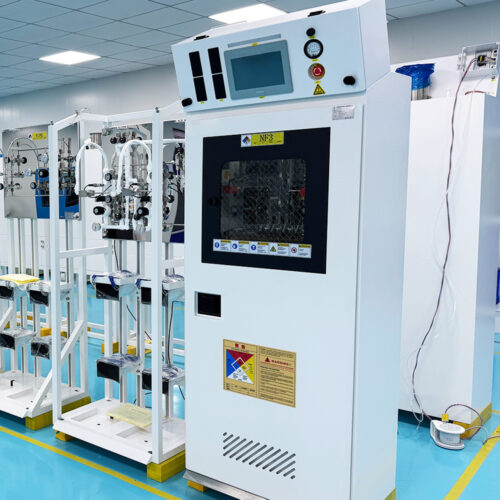
Semi Automatic Gas Cabinet Gas Panels High Purity Gas Delivery Systems JW-200-GC
-
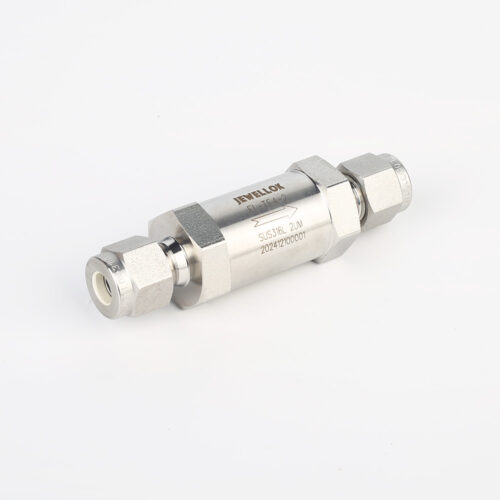
JF Series In-Line Gas Filters | High Purity High Precision High Flow Semiconductor Gas Filter Gas Filtration & Purification
-
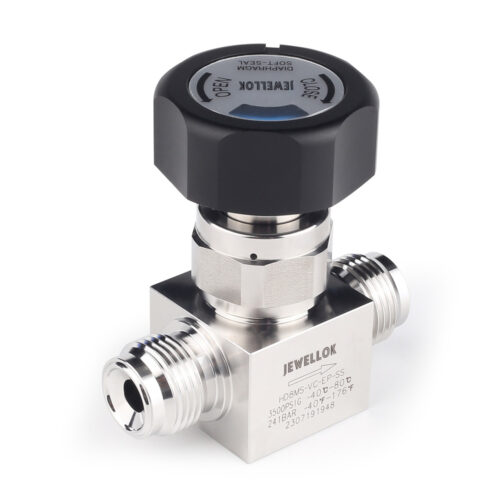
Stainless Steel Ultra High Purity (UHP) High Pressure Manual Diaphragm Valve
-
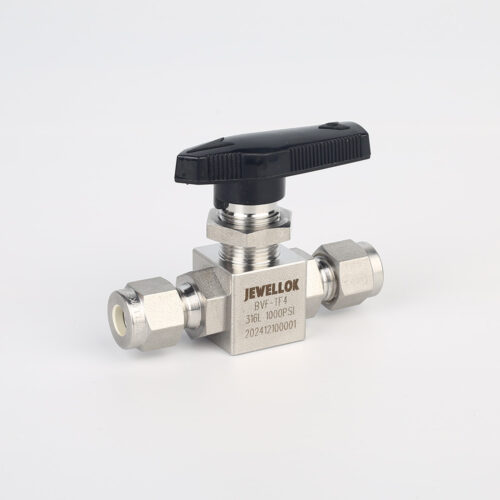
Stainless Steel High Purity High Temperature Pneumatic Actuated Ball Valves JBV2 Series
-
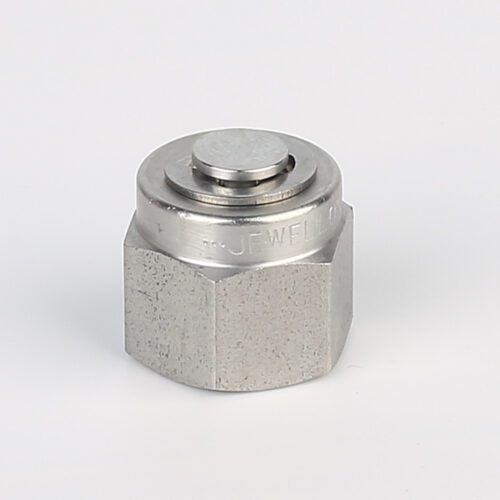
7121L Plug High Purity Plug Fitting And Blanking Plug
-
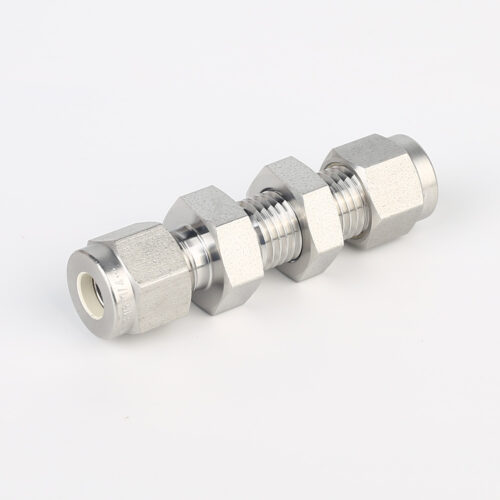
774L Stainless Steel UHP Fittings Butt Weld Bulkhead Union For High Flow Special Gas Fluid
-
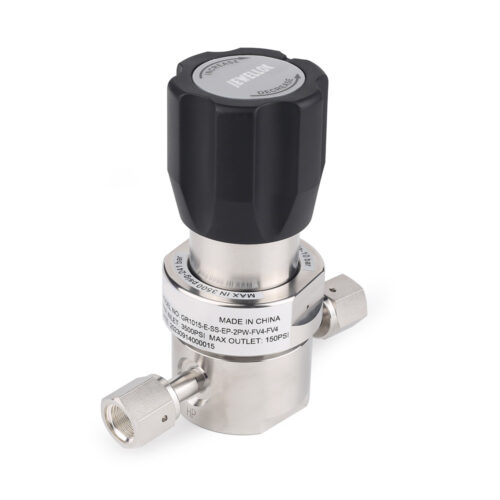
JR1000 Series UHP Ultra High Purity Single Stage Pressure Reducing Regulator And Low To Intermediate Flow
-
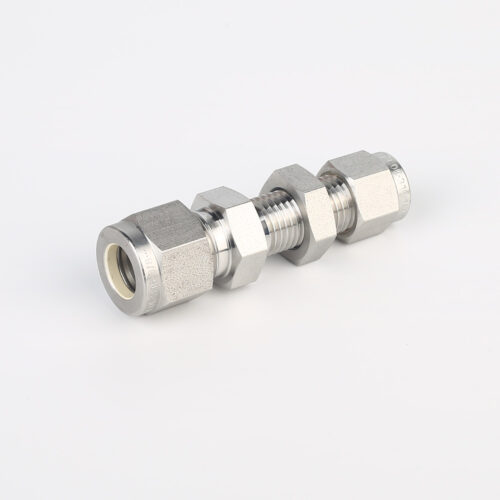
775L Bulkhead Reducing Union | Stainless Steel High Purity Double Ferrule Bulkhead Reducing Unions